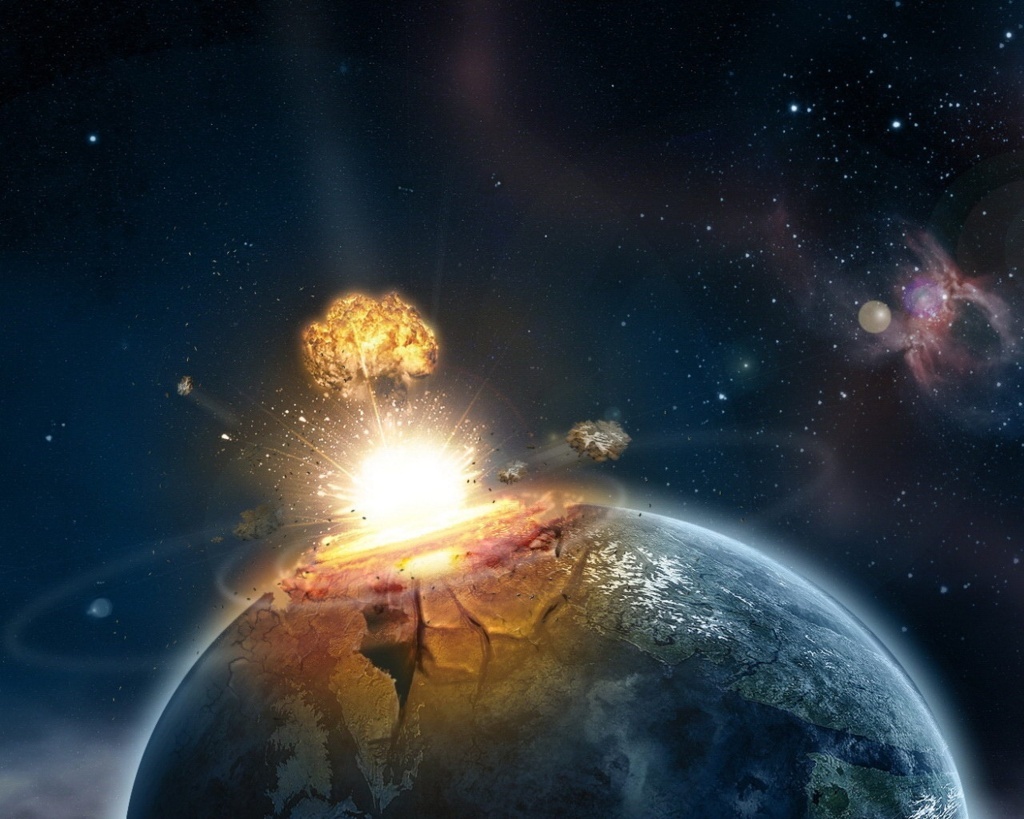
The Great Dying is not What You Think It Is
by Yash Saboo February 12 2018, 5:35 pm Estimated Reading Time: 2 mins, 36 secsSomehow, most of the life on Earth perished in a brief moment of geologic time roughly 250 million years ago. Scientists call it the Permian-Triassic extinction or "the Great Dying" -- not to be confused with the better-known Cretaceous-Tertiary extinction that signalled the end of the dinosaurs 65 million years ago. Whatever happened during the Permian-Triassic period was much worse: No class of life was spared from the devastation. Trees, plants, lizards, proto-mammals, insects, fish, molluscs, and microbes -- all were nearly wiped out. Roughly 9 in 10 marine species and 7 in 10 land species vanished. Life on our planet almost came to an end.

Source :Phawker
Scientists have suggested many possible causes for the Great Dying: severe volcanism, a nearby supernova, environmental changes wrought by the formation of a super-continent, the devastating impact of a large asteroid -- or some combination of these. Proving which theory is correct has been difficult. The trail has grown cold over the last quarter billion years; much of the evidence has been destroyed.
Many palaeontologists have been sceptical of the theory that an asteroid caused the extinction. Early studies of the fossil record suggested that the die-out happened gradually over millions of years -- not suddenly like an impact event. But as their methods for dating the disappearance of species has improved, estimates of its duration have shrunk from millions of years to between 8,000 and 100,000 years. That's a blink of the eye in geological terms.
But The Great Dying is not exactly what you think it was...
Volcanoes could have had another harmful impact, according to new research published in the journal Science Advances. These eruptions would have caused harmful ultraviolet rays to enter earth's atmosphere, is the major cause of destroying life!
The first clue supporting their theory were malformed pollen fossils discovered by Geoscience Australia in 2005 and dating back to the end-Permian event. The appearance and rise of these malformed pollen matched the decline of forests on a global scale at that time.
The hypothesis linking increased UV to mass extinction could not be proved by these samples alone, however. So scientist Jeffrey Benca created three "mass extinction chambers" in his Berkeley lab where he exposed 60 miniature bonsai conifers to high-intensity UV-B lamps set to emit radiation at 7.5, 10 and 13 times the amount California receives now.
The levels of radiation were in line with the effects of the Siberian eruptions on the ozone layer.
The trees were left in the chambers for two months. Benca's aim was to see if a high level of UV-Bs would cause the bonsai to produce malformed seeds.
He found that they were unable to produce seeds at all. Their seed cones would wither before they had a chance to be fertilised because the high levels of UV radiation had made them sterile. The trees would remain for a while but would never multiply.
Once they were removed from the extinction chambers, however, they regained their ability to produce seeds. That meant that the sterility was only a temporary effect of high-level UV-B radiation.
Benca's experiments backed his hypothesis that high levels of solar radiation caused the Great Dying.




-173X130.jpg)
-173X130.jpg)
-173X130.jpg)
-173X130.jpg)
_(1)-173X130.jpg)

-173X130.jpg)
